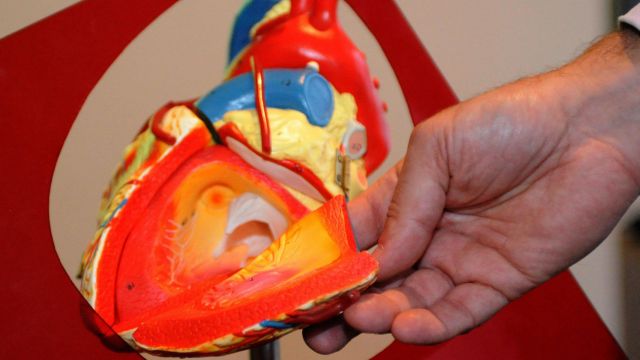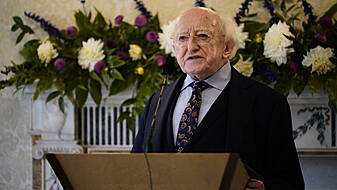The cellular and molecular map of a healthy human heart enables researchers to understand how the organ functions, and allows them to shed light on what goes wrong in cardiovascular disease, they said.
Researchers analysed almost half a million individual cells to build an extensive draft cell atlas of the human heart.
They say it shows a huge diversity of cells and reveals heart muscle cell types, cardiac protective immune cells, and the intricate network of blood vessels.
For the first time, we could see exactly what each cell is doing in the human heart
It also predicts how the cells communicate to keep the heart working.
Dr Carlos Talavera-Lopez, one of the first authors from the Wellcome Sanger Institute, said: “We have created the most detailed atlas of the human adult heart to date combining single cell technologies with artificial intelligence methods, to characterise almost half a million single cells.
“For the first time, we could see exactly what each cell is doing in the human heart.
“This atlas shows that the cells in each of the four chambers of the heart behave differently to each other, mirroring the different functions of each area and helping us understand the healthy human heart.”
Published in Nature, the study is part of the Human Cell Atlas initiative to map every cell type in the human body.
Researchers say the knowledge of the heart will enable better understanding of heart disease and guide more personalised medicine.
They add that it could also potentially lead to regenerative medicine in the future.
In the study, scientists studied nearly 500,000 individual cells and cell nuclei from six different regions of healthy hearts from 14 organ donors.
Our datasets are a goldmine of information to understand subtleties of heart disease
Using cutting edge, single cell technology, machine learning and imaging techniques, the team could see exactly which genes were switched on in each cell.
The researchers discovered that there were major differences in the cells in different areas of the heart, and that each area of the organ had specific sets of cells, highlighting different developmental origins and potentially different responses to treatments.
The six areas of the heart contained 11 different cell types and the researchers discovered more than 62 different cell states, which had never been seen before in this detail.
Professor Norbert Hubner, a senior author from the Max Delbruck Centre for Molecular Medicine in Germany, said: “This is the first time anyone has looked at the single cells of the human heart at this scale, which has only become possible with large-scale single cell sequencing.
“This study shows the power of single cell genomics and international collaboration. Knowledge of the full range of cardiac cells and their gene activity is a fundamental necessity to understand how the heart functions and start to unravel how it responds to stress and disease.”
The six areas of the heart contained 11 different cell types and the researchers discovered more than 62 different cell states, which had never been seen before in this detail.
Dr Michela Noseda, a senior author from the National Heart and Lung Institute, Imperial College London, said: “Our international effort provides an invaluable set of information to the scientific community by illuminating the cellular and molecular details of cardiac cells that work together to pump blood around the body.
“We mapped the cardiac cells that can be potentially infected by SARS-CoV-2 and found that specialised cells of the small blood vessels are also virus targets.
“Our datasets are a goldmine of information to understand subtleties of heart disease.”
The study was conducted by researchers at the Wellcome Sanger Institute, Max Delbruck Centre for Molecular Medicine, Harvard Medical School, Imperial College London and their global collaborators.







